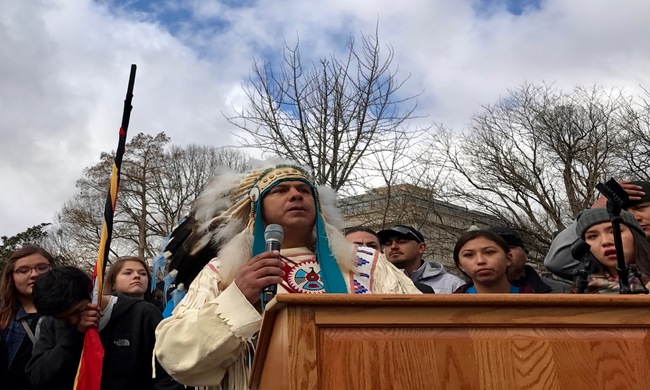In a recent post, I noted that originalism—construing a text as its makers understood it—is the standard interpretative technique for most legal documents. It is principally in interpreting some parts of the Constitution (and only since the mid-20th century) that the courts wander from originalist methods.
To illustrate how courts apply originalism to legal documents, I discussed Washington State Dept. of Licensing v. Cougar Den, which the Supreme Court issued on March 19, 2019. In construing an 1855 Indian treaty, both the Court’s plurality opinion and the concurrence said their job was to apply the treaty as originally understood. To do so, they considered the text of the treaty, the circumstances surrounding its negotiation and adoption, and statements made about it at the time. In other words, the justices applied typical originalist evidence to reach an originalist conclusion.
Now the Court has added an exclamation point! On May 20, 2019, it issued Herrera v. Wyoming, which examined an 1868 treaty with the Crow tribe. Justice Sotomayor, writing for a majority of five, applied the same originalist techniques the court applied in Cougar Den. In fact, she considered an even wider scope of originalist evidence than in Cougar Den. For example, just as constitutional originalists typically examine word definitions in 18th and 19th century dictionaries to retrieve constitutional meaning, Justice Sotomayor quoted definitions in a 19th century dictionary to recover the 19th century treaty’s meaning.
The four dissenters did not quarrel with any of this. They argued that the case should have been dismissed on other grounds.
Why do many judges and commentators abandon standard interpretative methods when addressing some parts of the Constitution? The answer is clear: They are trying to promote two goals: (1) to use the Constitution to mandate their social agenda and (2) to accommodate, without proper constitutional amendment, the activities of the modern federal Leviathan.









